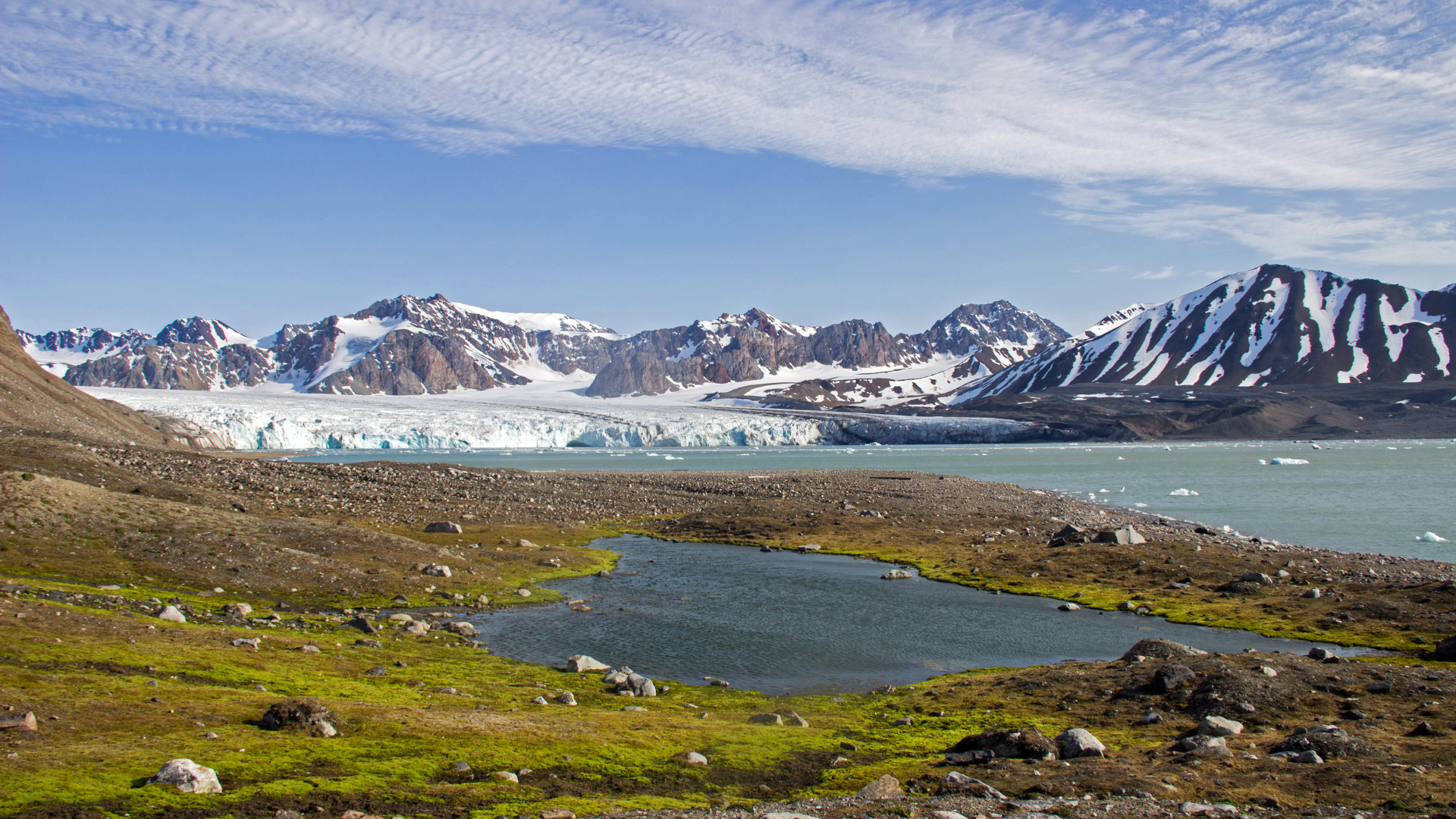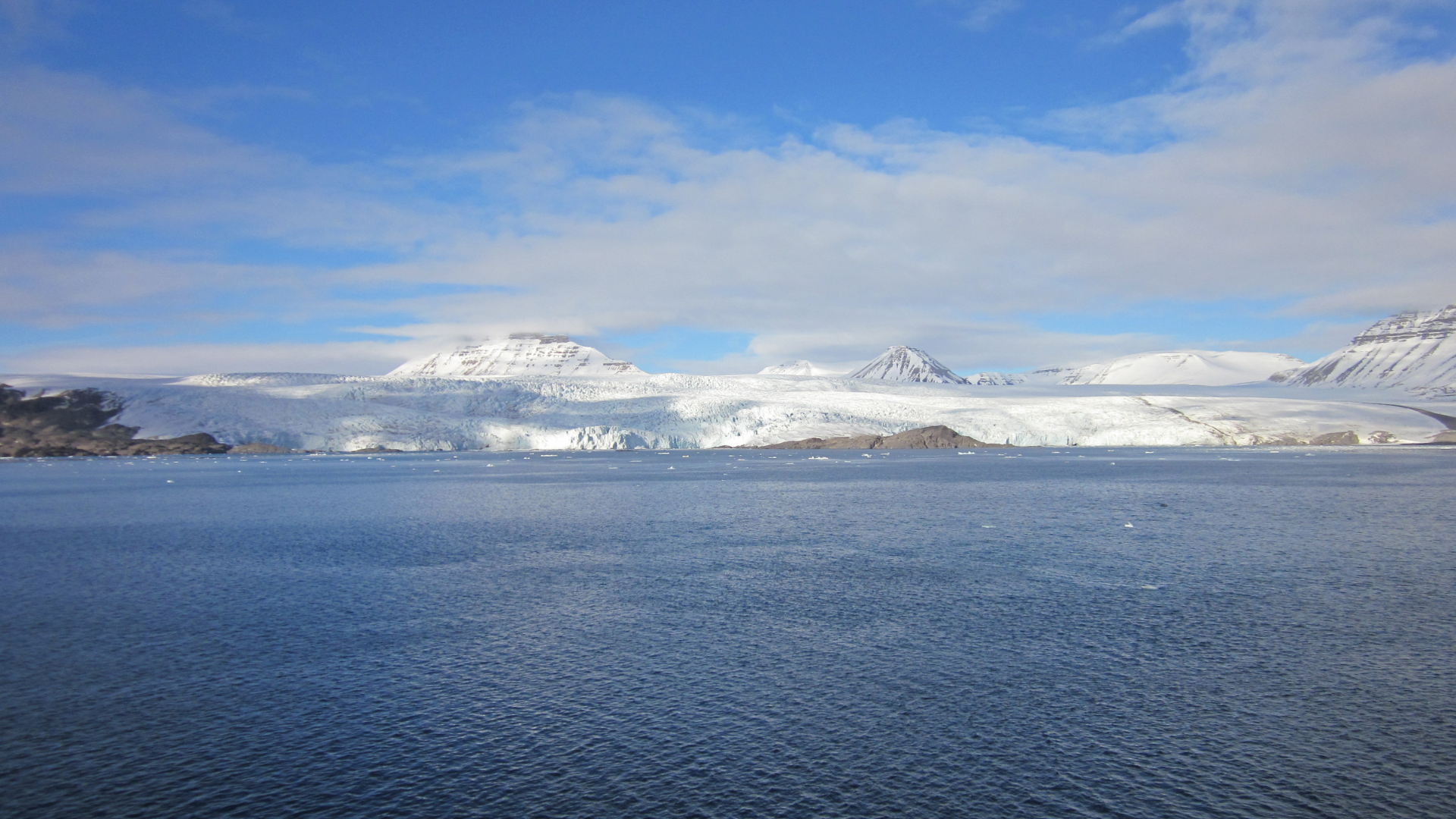Svalbard: How to Arrive in May
Svalbard: How to Arrive in May

May is a transitional month in Svalbard, as the Arctic spring is in full swing and the region prepares for the midnight sun. Longyearbyen, the primary entry point, is where most travelers arrive. Flights to Longyearbyen are limited and typically route through Oslo or Tromsø in Norway. Booking your flights well in advance is crucial, as the warmer weather and increased daylight attract more visitors. Ensuring your travel arrangements are set will provide peace of mind as you embark on this unique journey.
Packing for the changing weather conditions in May requires careful consideration. Temperatures can range from -5°C (23°F) to around 5°C (41°F). Layering your clothing is the best way to stay comfortable. Start with a moisture-wicking base layer, followed by an insulating middle layer, and a windproof and waterproof outer layer. Essential accessories include thermal gloves, a hat, and a scarf or neck gaiter. Insulated and waterproof boots are necessary to navigate the melting snow and ice, ensuring your feet remain warm and dry throughout your stay.
Upon arrival in Longyearbyen, transportation options are limited but manageable. The town is small and can be easily explored on foot, though taxis are available if needed. Some accommodations offer shuttle services from the airport, so it's worth checking with your hotel or guesthouse in advance. Renting a snowmobile remains a popular option for exploring the surrounding areas, but as the snow begins to melt, other forms of transport such as boats or even bicycles might become more feasible. Adapting to the changing conditions can enhance your overall experience.
The return of nearly constant daylight in May is one of the most striking aspects of visiting Svalbard during this time. The midnight sun begins around mid-April and lasts through the summer, providing endless opportunities for outdoor activities and exploration. Sunglasses and sunscreen are essential to protect your eyes and skin from the intense reflections off the snow and ice. The extended daylight hours allow for more flexibility in planning excursions and taking in the stunning Arctic landscape at any time of day.
Accommodation options in Longyearbyen range from hotels to guesthouses, each offering a comfortable refuge from the cold. Booking your stay well in advance is advisable, as options can fill up quickly during the spring season. Many accommodations provide amenities such as on-site restaurants and communal areas where you can relax and socialize with other travelers. Familiarizing yourself with local facilities, such as grocery stores and medical services, ensures you have everything you need during your stay. Knowing where to find essential services can make your trip smoother and more enjoyable.
Staying connected in Svalbard is important for safety and convenience. Mobile phone coverage is generally good in Longyearbyen but more limited in outlying areas. Ensure your phone is set up for international roaming, and consider purchasing a local SIM card for better connectivity. Most accommodations and public places offer Wi-Fi, allowing you to stay in touch with friends and family and keep track of weather updates and local news. Staying informed about local conditions can enhance your experience and ensure your safety during your visit.
Respecting local regulations and customs is crucial when visiting Svalbard. The archipelago has a fragile ecosystem, and strict environmental protection laws are in place to preserve its unique landscape and wildlife. Familiarize yourself with the Svalbard Environmental Protection Act and follow guidelines for waste disposal, wildlife interactions, and off-road travel. Engaging with the local community and learning about the history and culture of Svalbard can enrich your experience, providing insights into the challenges and beauty of life in the Arctic. Understanding and respecting the local way of life fosters positive interactions and a deeper connection to the region.
Preparing for emergencies is a vital part of planning your trip to Svalbard in May. The remote location and harsh conditions mean that medical facilities are limited, and evacuation can be challenging. Ensure you have comprehensive travel insurance that covers emergency medical treatment and evacuation. Carry a basic first-aid kit and know the location of the nearest medical facility. Registering your travel plans with local authorities, particularly if you plan to venture outside Longyearbyen, ensures that you can be reached in case of an emergency. Being prepared for unexpected situations can provide peace of mind and enhance your overall travel experience.











